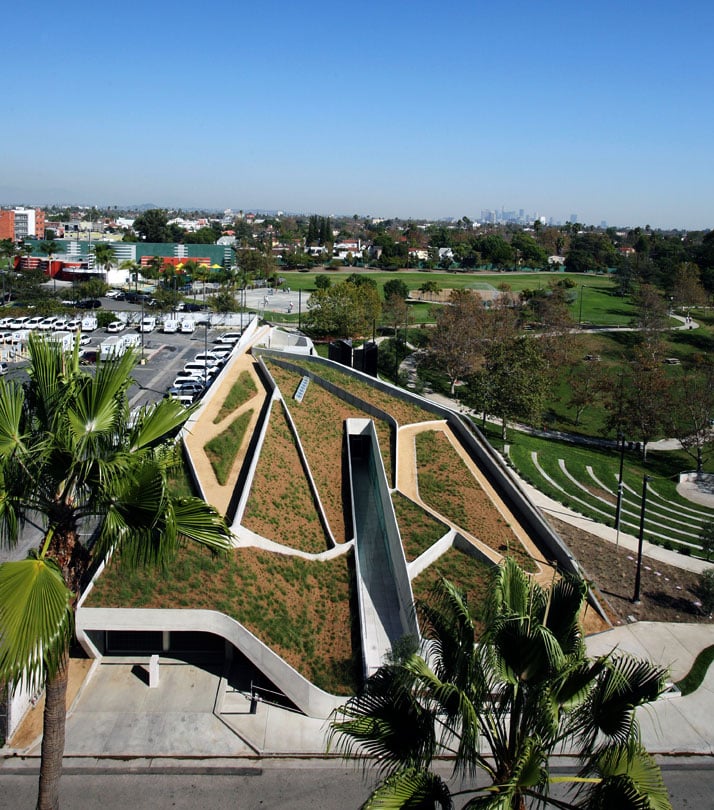
photo © Belzberg Architects
Project Title: Los Angeles Museum of the Holocaust // LAMH
Year: 2010
Status: Completed
Project Type: Cultural
Construction Type: New
Size: 27,000 ft2
Location: 100 South The Grove Drive, Los Angeles, CA 90036
Client(s): Los Angeles Museum of the Holocaust
President: Randy Schoenberg
Director: Mark Rothman
Design Architect: Belzberg Architects
Principal: Hagy Belzberg
Project Manager: Aaron Leppanen
Project Team: Andrew Atwood, Barry Gartin, Brock DeSmit, Carina Bien-Wilner , Christopher Arntzen, Cory Taylor, Daniel Rentsch, David Cheung, Eric Stimmel, Erik Sollom, Justin Brechtel, Philip Lee, Lauren Zuzack
Structural Consultant: William Koh & Associates
Mechanical Consultant: John Dorius & Associates
Electrical Consultant :A&F Consulting Engineers
Plumbing Consultant: Tom Nasrollahi & Associates
Soils Engineer: Irvine Geotechnical
Methane Engineer: Carlin Environmental
Environmental Engineer: Enviropro, Inc.
General Contractor: Winters-Schram
Special Fabrication: Spectrum Oak Products, Swiss Woodworking
Photography: Belzberg Architects, Benny Chan - Fotoworks, Iwan Baan
Awards: 2008 (Mayor’s Award) Allen Matkins Green Building Design Concept Award, Sponsoring Organization: Los Angeles Business Council
Year: 2010
Status: Completed
Project Type: Cultural
Construction Type: New
Size: 27,000 ft2
Location: 100 South The Grove Drive, Los Angeles, CA 90036
Client(s): Los Angeles Museum of the Holocaust
President: Randy Schoenberg
Director: Mark Rothman
Design Architect: Belzberg Architects
Principal: Hagy Belzberg
Project Manager: Aaron Leppanen
Project Team: Andrew Atwood, Barry Gartin, Brock DeSmit, Carina Bien-Wilner , Christopher Arntzen, Cory Taylor, Daniel Rentsch, David Cheung, Eric Stimmel, Erik Sollom, Justin Brechtel, Philip Lee, Lauren Zuzack
Structural Consultant: William Koh & Associates
Mechanical Consultant: John Dorius & Associates
Electrical Consultant :A&F Consulting Engineers
Plumbing Consultant: Tom Nasrollahi & Associates
Soils Engineer: Irvine Geotechnical
Methane Engineer: Carlin Environmental
Environmental Engineer: Enviropro, Inc.
General Contractor: Winters-Schram
Special Fabrication: Spectrum Oak Products, Swiss Woodworking
Photography: Belzberg Architects, Benny Chan - Fotoworks, Iwan Baan
Awards: 2008 (Mayor’s Award) Allen Matkins Green Building Design Concept Award, Sponsoring Organization: Los Angeles Business Council
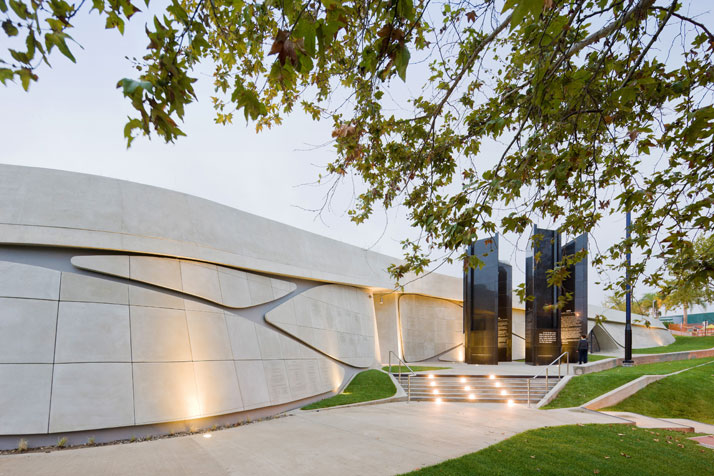
photo © Iwan Baan
In 2010 the LAMH (Los Angeles Museum of the Holocaust) was completed, created by Belzberg Architects. This project covering an approximate area of 32,000 sqft, has been designed with a great sensitivity and an even greater need to capture the essence of its displays through, form, structure, light and circulation. The architecture plays a primal role in the emotional journey that its visitors are ready to commence, taking them form past to present.
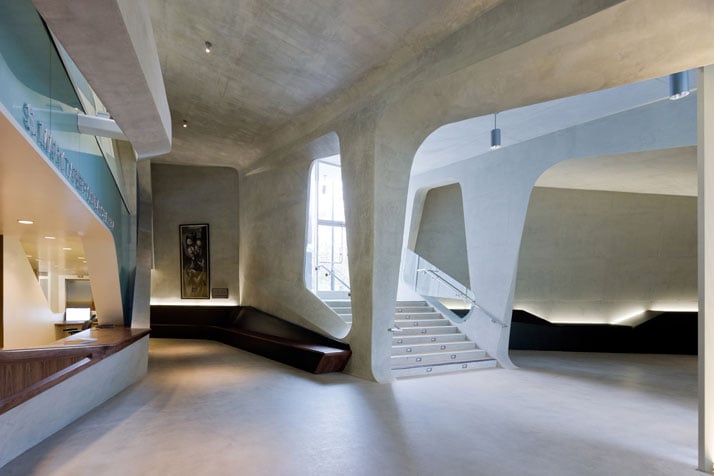
photo © Iwan Baan
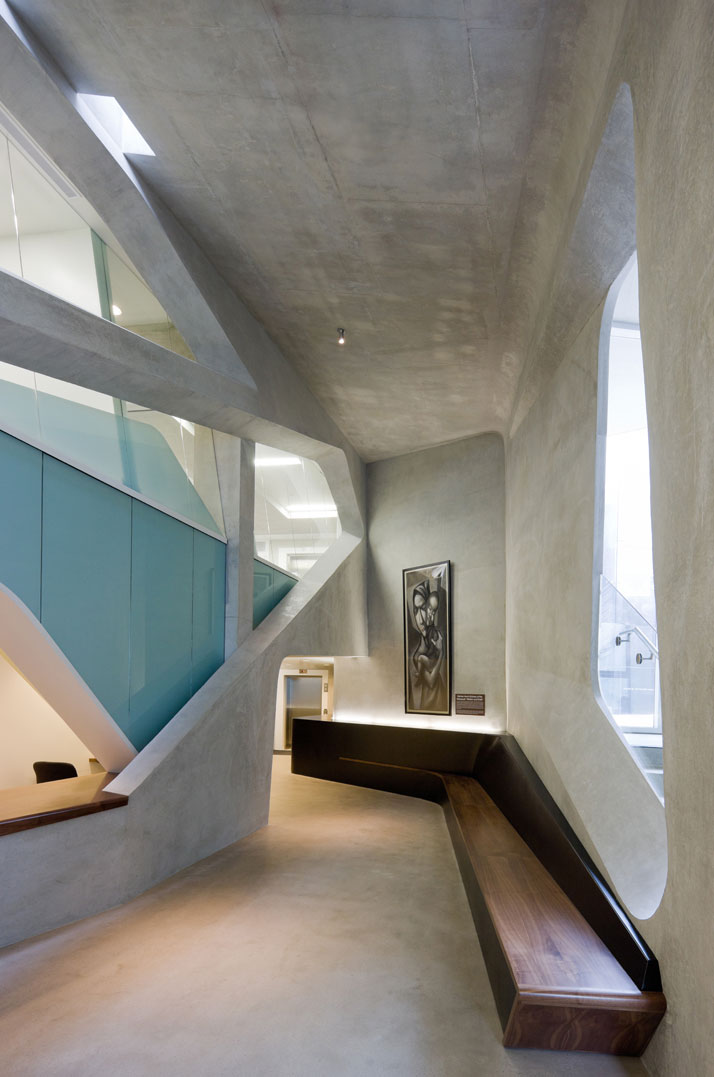
photo © Iwan Baan
The museum is located in a public park adjacent to the existing Holocaust Memorial. The building is submerged into the ground allowing the park’s landscape to continue over the roof of the structure. This eco-structural element is one of the largest intensive green roofs in Southern California, which instantly creates sensitivity and an understanding to its surroundings. The journey to the LAMH begins with a day in the outdoors passing by children playing football, hearing laughter and observing motions and activities. Upon arrival the building is almost concealed into the landscape and the visitor is surprised and anxious to discover the journey that lies ahead. The actual entrance into the museum entails a gradual deterioration by a descending long ramp into the lower level. With this gradual journey to the levels below ground, you move from the planes of openness and movement of the outside world into the secluded and isolated spaces of the indoors.
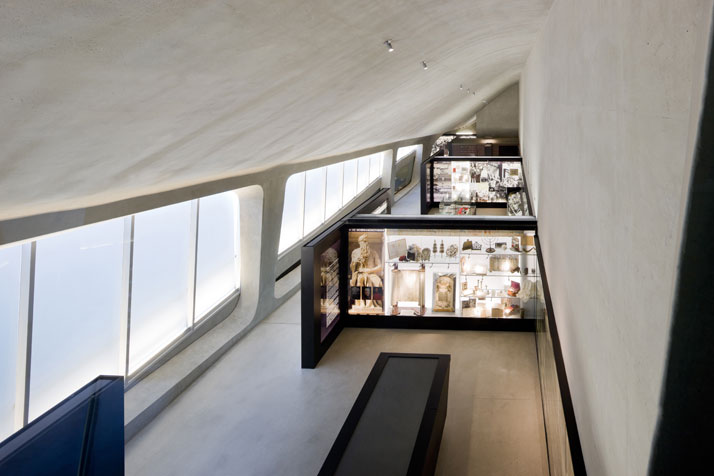
photo © Iwan Baan
As one keeps stepping down to commence his journey the lighting dims even more and the ceiling lowers. The design intent is to allegorically relate the visitor’s chronological experience of the building to that of Holocaust victims. In order to achieve this, the experience of the building is largely dictated by the timeline of a visitor’s passage from point of arrival through to his/her ascension back to park level. This emotional journey is designated by the architectural structure indicating the sensitivity of the space and embracing you in its interiors.
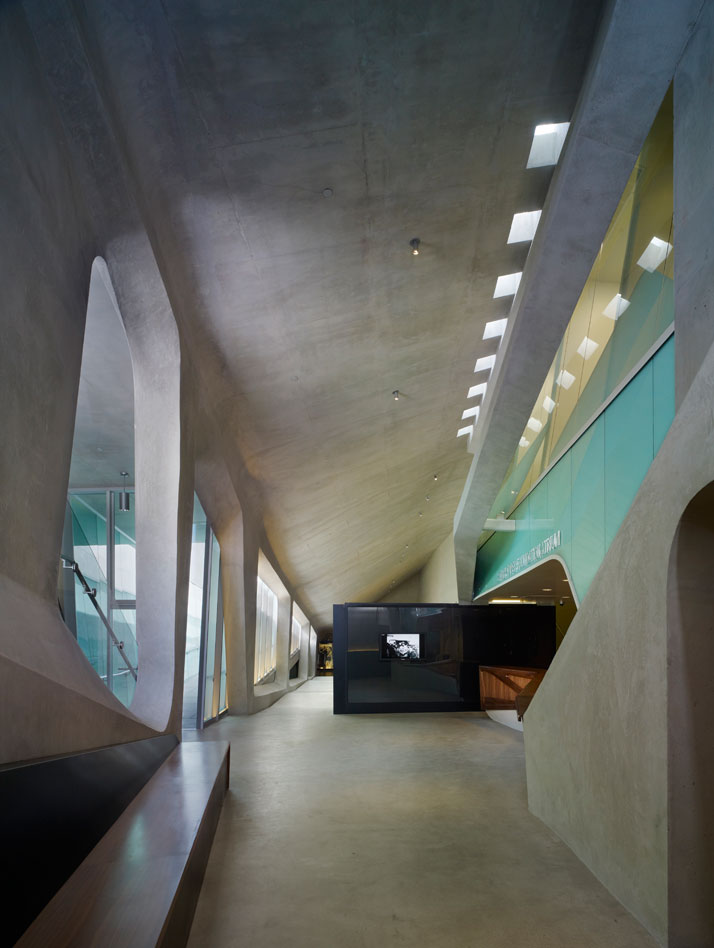
photo © Benny Chan-Fotoworks
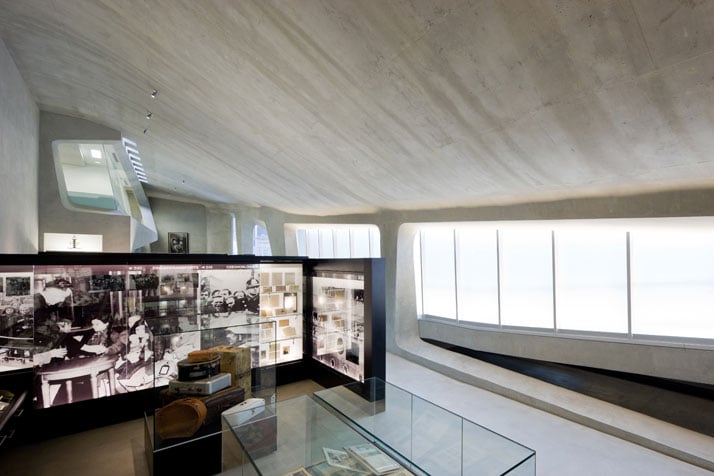
photo © Iwan Baan
The main and sole architectural materials used in this building are formed shorcrete and glass. The passages through the irregular form openings almost make you feel like you are in a cocoon like space. A separation from the outside world but not a claustrophobic or intimidating one. This has been achieved by the use of these two prime materials which are simplistic and balanced between fragility and solidity. There is an absolute harmony between the form of the architecture and the materials used to implement this.
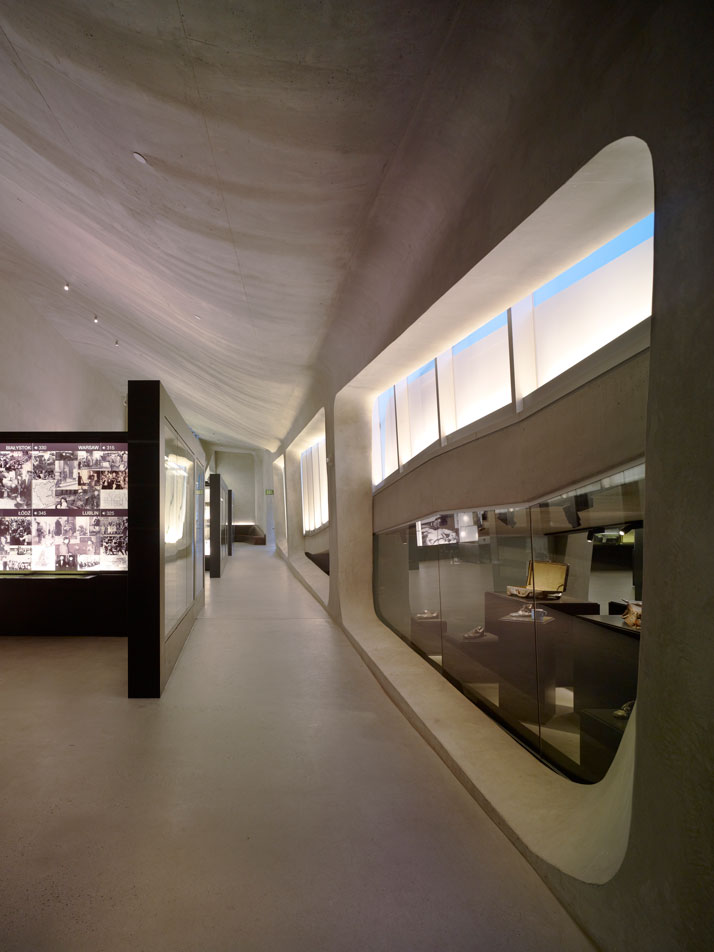

photo © Benny Chan-Fotoworks
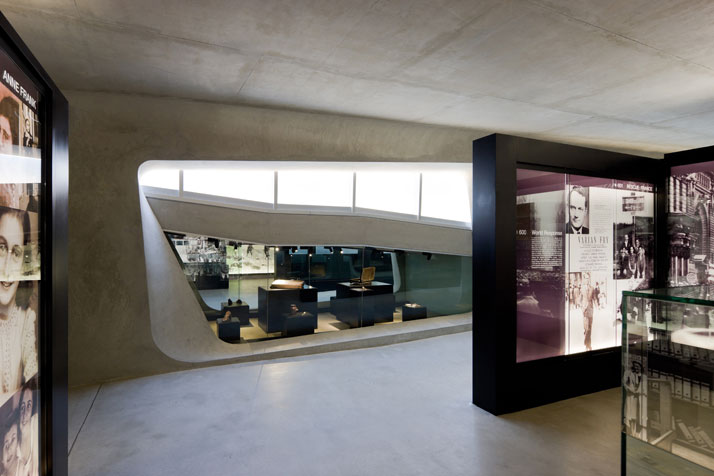
photo © Iwan Baan
From the first room that you are guided to titled ‘The War that Was’ to the fourth titled ‘Concentration Camp’ the lighting is almost scarce and the room is almost entirely illuminated by video monitors, the visitor is now confined to the most isolated, darkest and volumetrically concentrated underground area in the museum. Now from here on the journey is one of ascension and of finding the comfort of a familiar space as floor levels begin to rise and natural lights begins to penetrate the interior once again. Your journey has started from the past at the lowest and darkest level and now it is gradually moving you towards the present. The intended purpose is not for the visitor to live the museum feeling emotionally drained and dark. By ascending up to the existing monument filled with sights and sounds of the unrestricted park land, the visitor feels the visual connection and is left with a lasting impression of the journey which is now looking into the future.
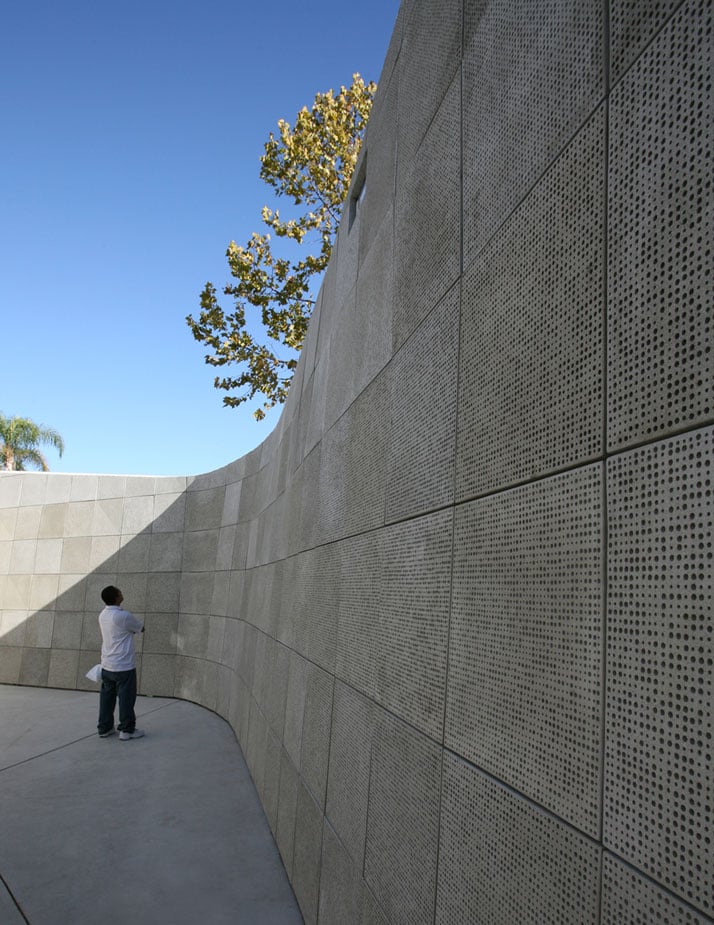

photo © Belzberg Architects
In such a delicate themed architectural project Belzberg Architects have paid great tribute to the essence of this museum, while at the same time giving respect and hope to all its visitors. A structure that does not want to emotionally drain you. A building that takes you into the future by remembering the past and paying great attention to the present.

photo © Benny Chan-Fotoworks
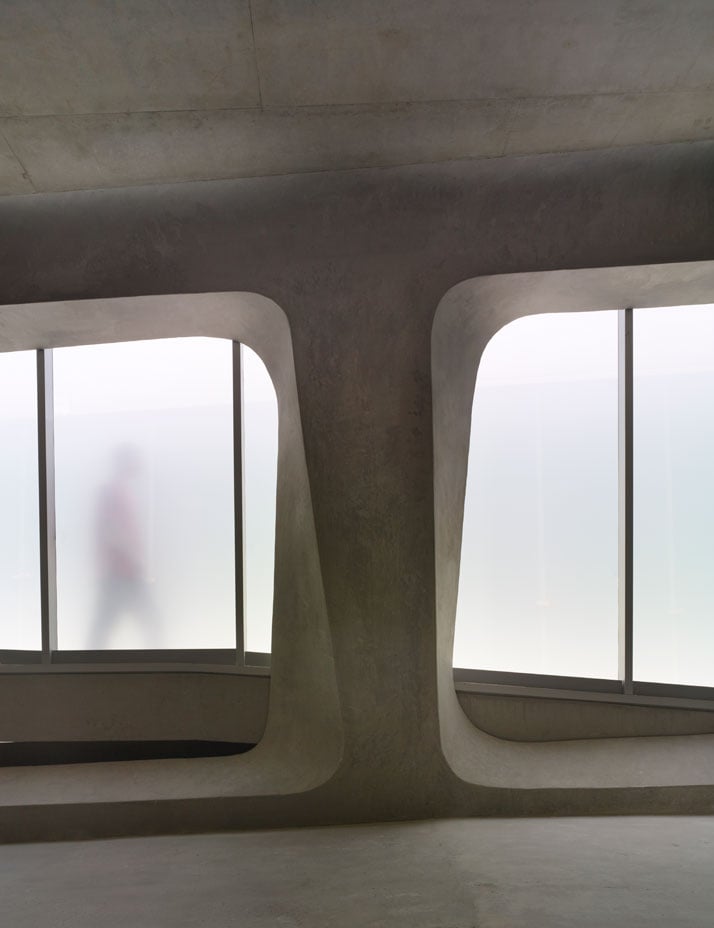
photo © Benny Chan-Fotoworks
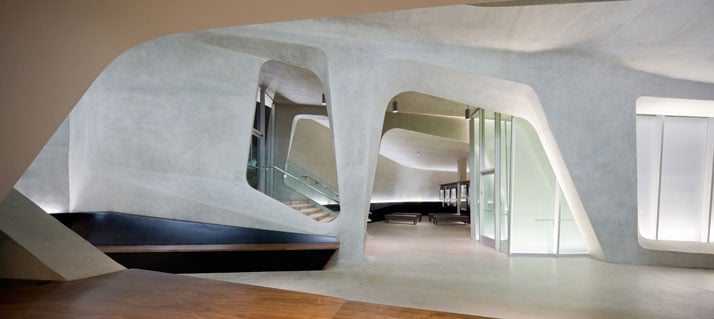
photo © Iwan Baan
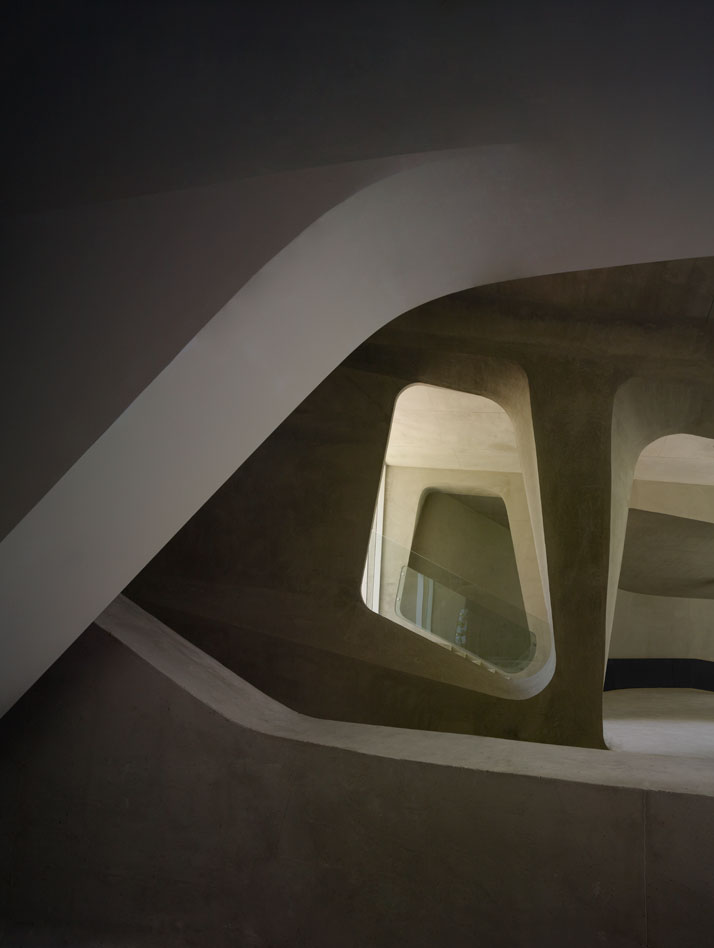
photo © Benny Chan-Fotoworks
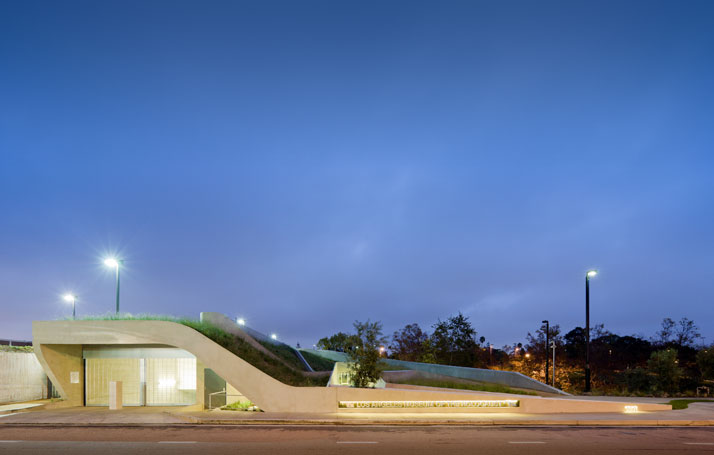
photo © Iwan Baan
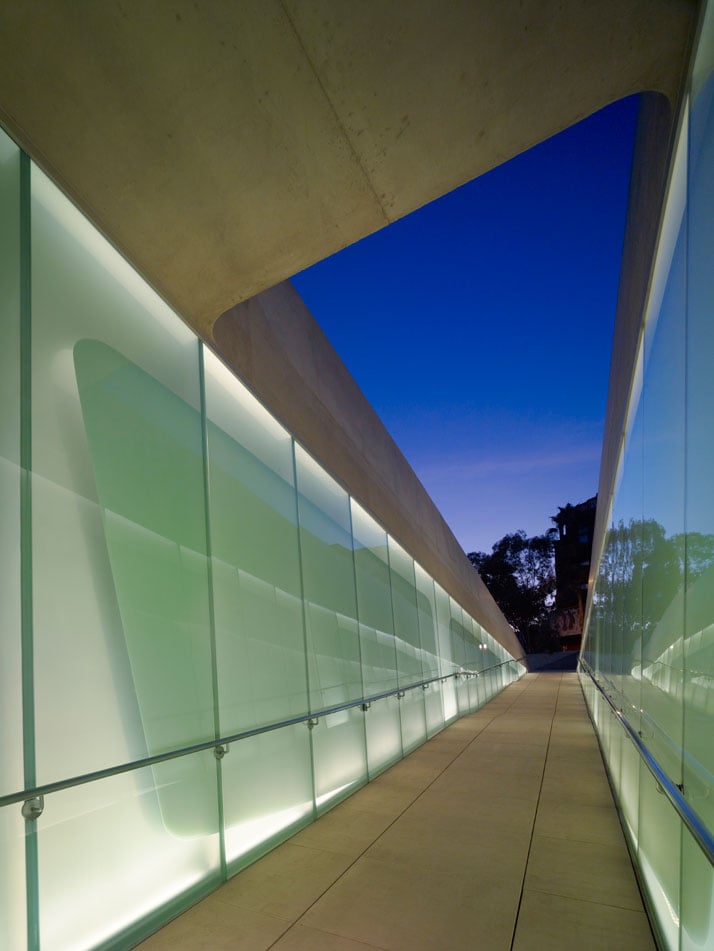
photo © Benny Chan-Fotoworks
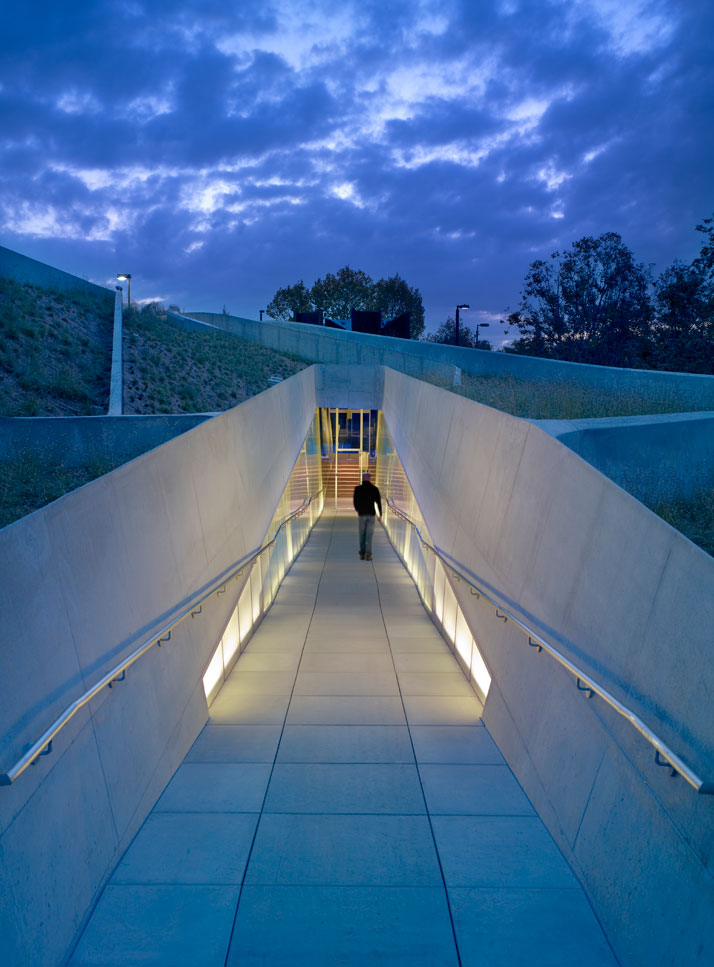
photo © Benny Chan-Fotoworks

Δεν υπάρχουν σχόλια:
Δημοσίευση σχολίου